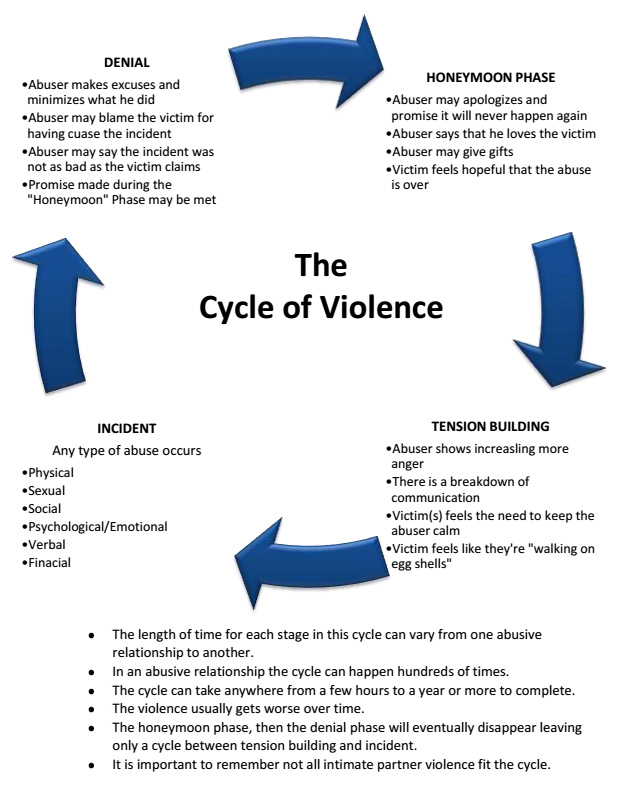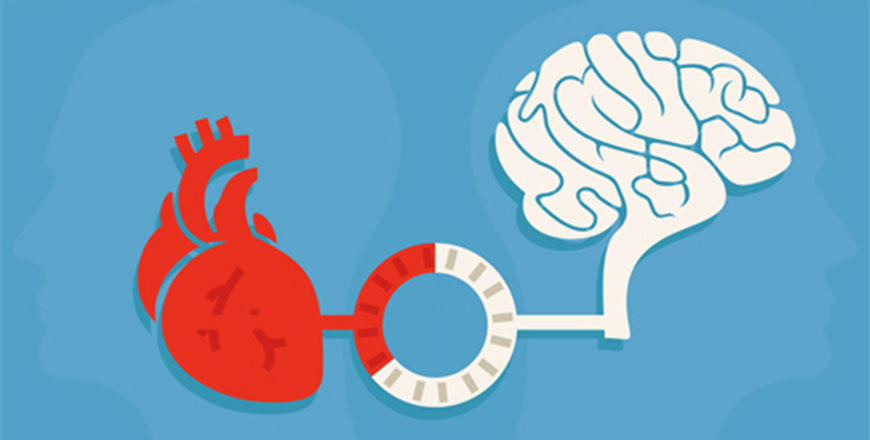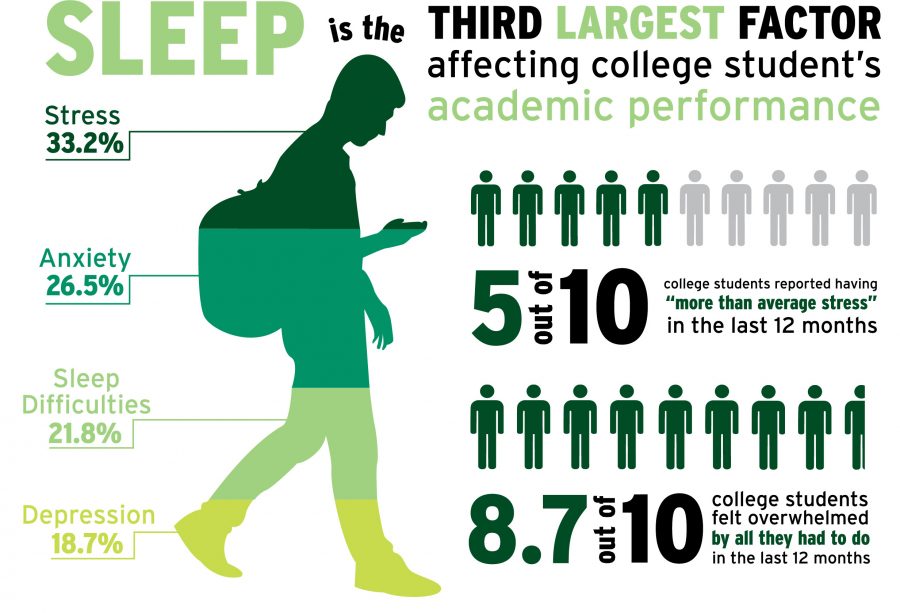Family violence cycle
The Cycle of Domestic Violence | The Cycle of Domestic Violence | Domestic Violence | Learn More
Domestic violence may seem unpredictable, simply an outburst related just to the moment and to the circumstances in the lives of the people involved. In fact, however, domestic violence follows a typical pattern no matter when it occurs or who is involved. The pattern, or cycle, repeats; each time the level of his violence may increase. At every stage in the cycle, the abuser is fully in control of himself and is working to control and further isolate his victim.
Understanding the cycle of violence and the thinking of the abuser helps survivors recognize they truly are not to blame for the violence they have suffered and that the abuser is the one responsible.
Six distinct stages make up the cycle of violence: the set-up, the abuse, the abuser’s feelings of “guilt” and his fear of reprisal, his rationalization, his shift to non-abusive and charming behavior, and his fantasies and plans for the next time he will abuse.
Abuse
Abuse can be emotional, physical, sexual, psychological, economic, and social (please refer to the Patterns of Abuse).
Guilt
A non-abusive person experiences guilt very differently than an abusive person. A non-abusive person feels guilty about how they have impacted the life of the person they harmed (victim-directed guilt). An abuser experiences self-directed guilt. He does not feel guilty or sorry for hurting his victim. He may apologize for his behavior, but his apology is designed so that he will not face consequences or be held accountable. The goal of the guilt stage is to reassure himself that he will not be caught or face consequences.
Rationalization
The abuser makes excuses and blames the victim for his behavior. Common excuses usually revolve around the abuser being intoxicated or abused as a child. However, alcohol use and being abused as a child does not cause the abuser to be violent. Common victim blaming statements usually focus on the victim’s behavior.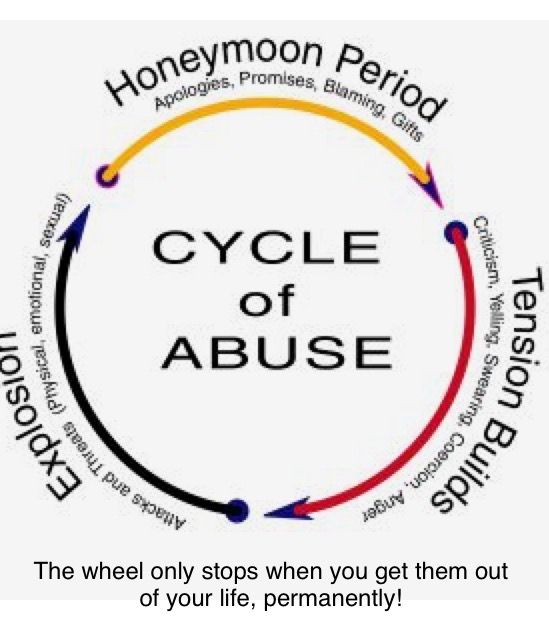 For example, “If you had the house cleaned, I wouldn’t have had to hit you,” or, “If you had cooked dinner on time, I wouldn’t have had to hit you.” The goal of this stage is to abdicate responsibility for his behavior.
For example, “If you had the house cleaned, I wouldn’t have had to hit you,” or, “If you had cooked dinner on time, I wouldn’t have had to hit you.” The goal of this stage is to abdicate responsibility for his behavior.
“Normal” Behavior
During this stage, the abuser may use different tactics to achieve his goal to regain power over the victim. The abuser may act as though nothing happened - everything is normal. This can be crazy making for victims, as they do not understand how he could pretend nothing happened.
If the victim has visible injuries, she will have to explain how she got them. This is designed to maintain the normalcy of the relationship. The goal of this stage is to keep the victim in the relationship and present the relationship as normal.
Another tactic an abuser may use after he has chosen to be violent is to become the thoughtful, charming, loyal, and kind person with whom the victim fell in love. He may take her out to dinner, buy her flowers and convince her he will change.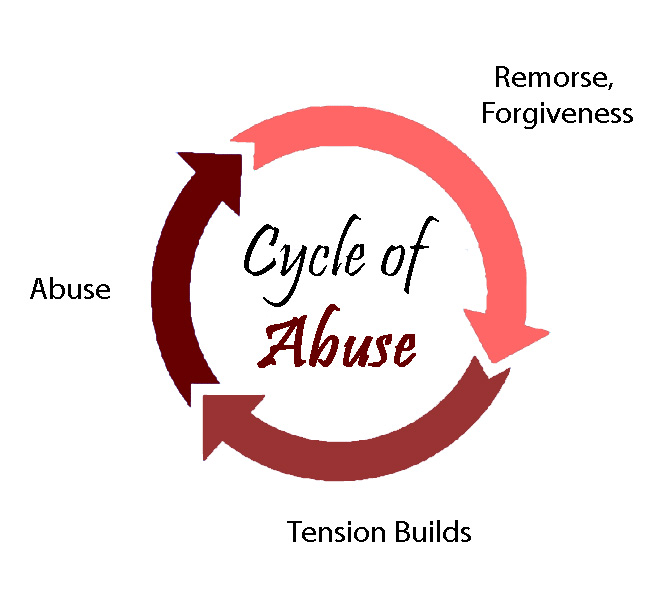 This can be a huge incentive for women to stay or return to the abuser because they believe that this time he really will change. (See the section, Is He Really Going to Change This Time? for more information)
This can be a huge incentive for women to stay or return to the abuser because they believe that this time he really will change. (See the section, Is He Really Going to Change This Time? for more information)
Fantasy and Planning
Abuse is planned. In the initial stages, an abuser fantasizes or has a mental picture of the next time he will abuse the victim. During the fantasy and planning stage, the abuser is the actor, producer, director and the star.
The abuser experiences his power from activating the fantasy. The planning phase details more specifically what the abuser will need to have and to do in order to abuse his partner.
Abusers may spend minutes, hours or days fantasizing about what the victim has done “wrong” and how he is going to make her “pay”. Most often he will fantasize she is having an affair. Most abused women do not have the time, energy, or interest in having an affair. However, it is the most common accusation, because she can never prove she is not having an affair.
Set-up
This is when the abuser puts his plan into action. He sets up the victim.
The Full Cycle
Here is an example of the cycle of violence through all its phases.
A man abuses his partner. After he hits her, he experiences self-directed guilt. He says, “I’m sorry for hurting you.” What he does not say is, “Because I might get caught.”
He then rationalizes his behavior by saying that his partner is having an affair with someone. He tells her “If you weren’t such a worthless whore I wouldn’t have to hit you.” He then acts contrite, reassuring her that he will not hurt her again.
He then fantasizes and reflects on past abuse and how he will hurt her again. He plans on telling her to go to the store to get some groceries. What he withholds from her is that she has a certain amount of time to do the shopping. When she is held up in traffic and is a few minutes late, he feels completely justified in assaulting her because “you’re having an affair with the store clerk.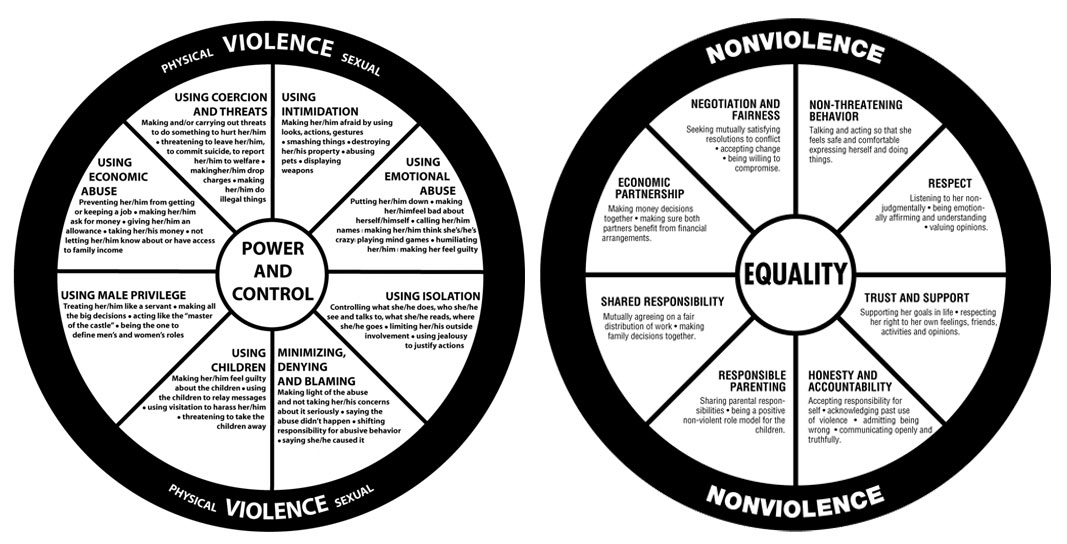 ” He has just set her up.
” He has just set her up.
III. The Cycle of Violence and Power and Control — Peace Over Violence
← BACK
The Cycle of Violence and Power and Control
Understanding the cycle of violence is crucial in stopping relationship violence as well as in answering the most common questions regarding battering.
There are three stages to the cycle of violence:
- First is the tension building phase. In this phase, the batterer gets edgy and tension begins to build up. This is where the battered person may feel like they are walking on eggshells.
- Second is the actual explosion phase where the physical abuse occurs. It can last from a few minutes to several hours.
- Third is the honeymoon phase. The perpetrator may be sorry or act like nothing happened; but is still interested in making up and may even promise never to do it again. However, the tension almost always starts to build again, thus continuing the cycle.
Often the psychological abuse can leave someone feeling fearful, helpless and powerless to act on their own behalf.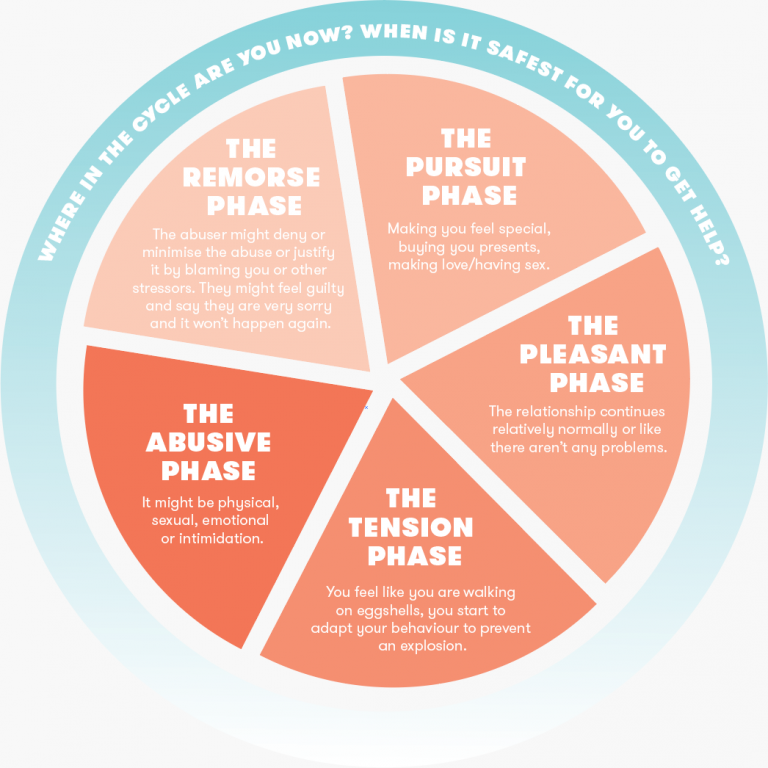 People affected by domestic violence are rich, poor, married, divorced or single, from all ethnic backgrounds and economic levels. They can be able-bodied or with a disability, heterosexual or homosexual, gay, lesbian, bisexual and/or transgender. As someone affected by domestic violence and battering they will find that they have common issues with many others who have also experienced this type of violence.
People affected by domestic violence are rich, poor, married, divorced or single, from all ethnic backgrounds and economic levels. They can be able-bodied or with a disability, heterosexual or homosexual, gay, lesbian, bisexual and/or transgender. As someone affected by domestic violence and battering they will find that they have common issues with many others who have also experienced this type of violence.
The Power & Control diagram is a particularly helpful tool in understanding the overall pattern of abusive and violent behaviors, which are used by a batterer to establish and maintain control over their partner. Very often, one or more violent incidents are accompanied by an array of these other types of abuse. They are less easily identified, yet firmly establish a pattern of intimidation and control in the relationship.
Power & Control Wheel
EMOTINAL ABUSE
Putting her down or making her feel bad about herself, calling her names, making her think she’s crazy, and mind games.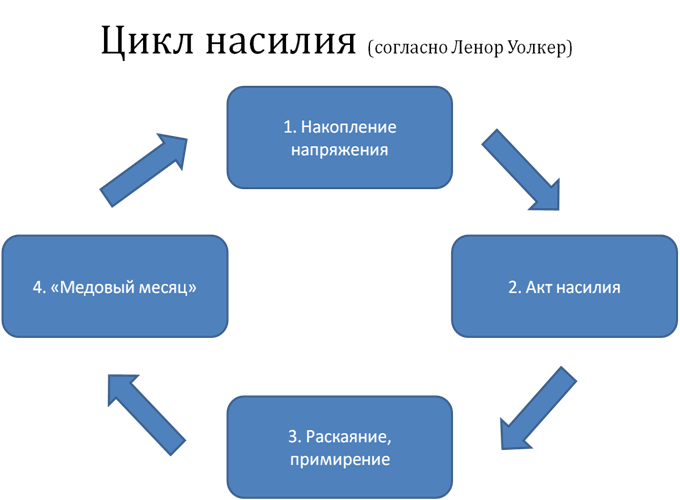
ECONOMIC ABUSE
Trying to keep her from getting or keeping a job, making her ask for money, giving her an allowance, or taking her money.
SEXUAL ABUSE
Making her do sexual things against her will, physically attacking the sexual parts of her body, or treating her like a sex object.
USING CHILDREN
Making her feel guilty about the children, using the children to give messages, using visitation as a way to harass her.
THREATS
Making and/or carrying out threats to do something to hurt her emotionally, threaten to take the children, commit suicide, or report her to welfare.
USING MALE PRIVILEGE
Treating her like a servant, making all the “big” decisions, acting like the “master of the castle”
INTIMIDATION
Putting her in fear by using looks, actions, gestures, loud voice, smashing things, destroying her property.
ISOLATION
Controlling what she does, who she sees and talk to, where she goes.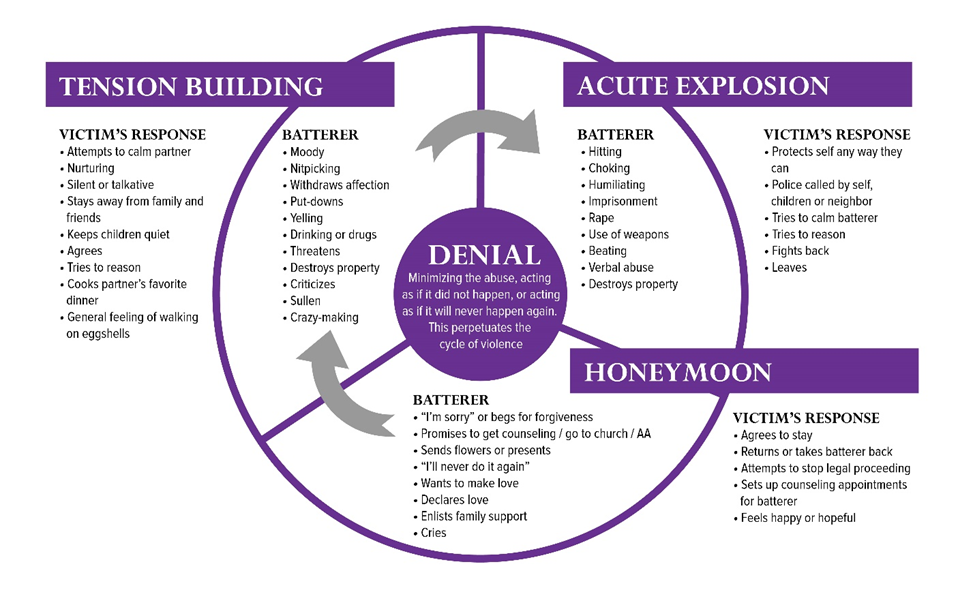
Cycle and types of family violence
- Home
- Information
- Articles
- Cycle and types of family violence
Domestic violence is the most common form of gender-based violence. Domestic violence refers to all acts of physical, sexual, psychological or economic violence that occur in the family or at home between former or current spouses or partners, regardless of whether the person who committed the act of violence lives in the same house as the victim or not.
Anyone can become a victim or perpetrator of domestic violence. However, the vast majority of reported cases are committed by men against women.
There is no excuse for domestic violence. Under no circumstances can a woman be held responsible for being the victim of domestic violence, all the blame lies with the perpetrator.
When analyzing the phenomenon of domestic violence, it is important to avoid judgments according to which it is appropriate to put an equal sign between the concepts “ conflict" and " situation of violence ".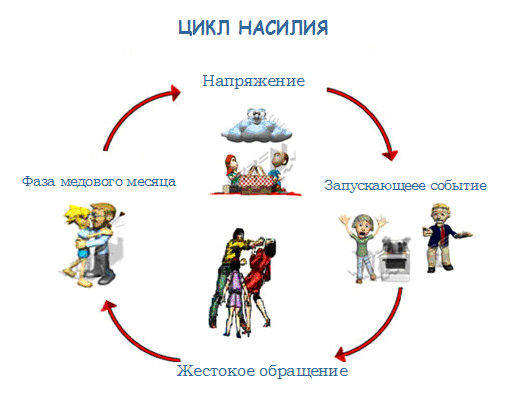 Domestic violence is a recurring pattern of multiple types of violence. The presence of a pattern is an important indicator of the difference between domestic violence and just a conflict situation in the family
Domestic violence is a recurring pattern of multiple types of violence. The presence of a pattern is an important indicator of the difference between domestic violence and just a conflict situation in the family
Very often these types of violence can be complex!
- Increasing tension in the family. Dissatisfaction in relationships increases and communication between family members is disrupted.
- Violent incident. There is an outburst of verbal, emotional or physical abuse. Accompanied by rage, arguments, accusations, threats, intimidation.
- Reconciliation. The abuser apologizes, explains the reason for the abuse, shifts the blame to the victim(s), sometimes denies what happened or convinces the victim(s) of exaggerating the events.
- Quiet period in relationships ("honeymoon"). The violent incident is forgotten, the offender is forgiven.
 The phase is called "honeymoon" because the quality of the relationship between partners at this stage returns to the original. After the honeymoon, the relationship returns to stage one and the cycle repeats. As time progresses, each phase becomes shorter, violent outbursts become more frequent and cause more damage. The victim (s) is not able to resolve the situation on her own.
The phase is called "honeymoon" because the quality of the relationship between partners at this stage returns to the original. After the honeymoon, the relationship returns to stage one and the cycle repeats. As time progresses, each phase becomes shorter, violent outbursts become more frequent and cause more damage. The victim (s) is not able to resolve the situation on her own.
Speak up if you are a victim or witness of domestic violence.
The nationwide hotline for victims of domestic violence 8-801-100-8-801 was opened on August 13, 2012 on the basis of the international public association "Gender Perspectives" within the framework of the international technical assistance project "Improving the National Capacity of the State on combating domestic violence in the Republic of Belarus”. Any adult subject to domestic violence is provided with qualified psychological, legal, social and informational assistance by the line's counselors. Telephone calls to the number 8-801-100-8-801 are accepted daily from 8 am to 8 pm. A lawyer is on duty on the line on Tuesdays and Saturdays, and a psychologist on other days. Calls to the hotline are free of charge from a landline. You can also call subscribers of all mobile operators to the number 8-801-100-8-801 . Calls in this case are paid at the rates of connection with the fixed network.
Telephone calls to the number 8-801-100-8-801 are accepted daily from 8 am to 8 pm. A lawyer is on duty on the line on Tuesdays and Saturdays, and a psychologist on other days. Calls to the hotline are free of charge from a landline. You can also call subscribers of all mobile operators to the number 8-801-100-8-801 . Calls in this case are paid at the rates of connection with the fixed network.
Narcologist Alekseeva S.P.
Cycle of Violence, Psychology - Gestalt Club
This article is about women who are exposed to physical and psychological terror in the family, but they hope that it will somehow end by itself someday, who still think that can influence it and somehow change the rapist.
The theory of the cyclic nature of domestic violence was designed by Lenore Walkery and featured in the 1979 book The Woman Who subjected to violence." This cycle is repeated, its frequency increases, relapses of violence become more frequent, intervals between phases are reduced.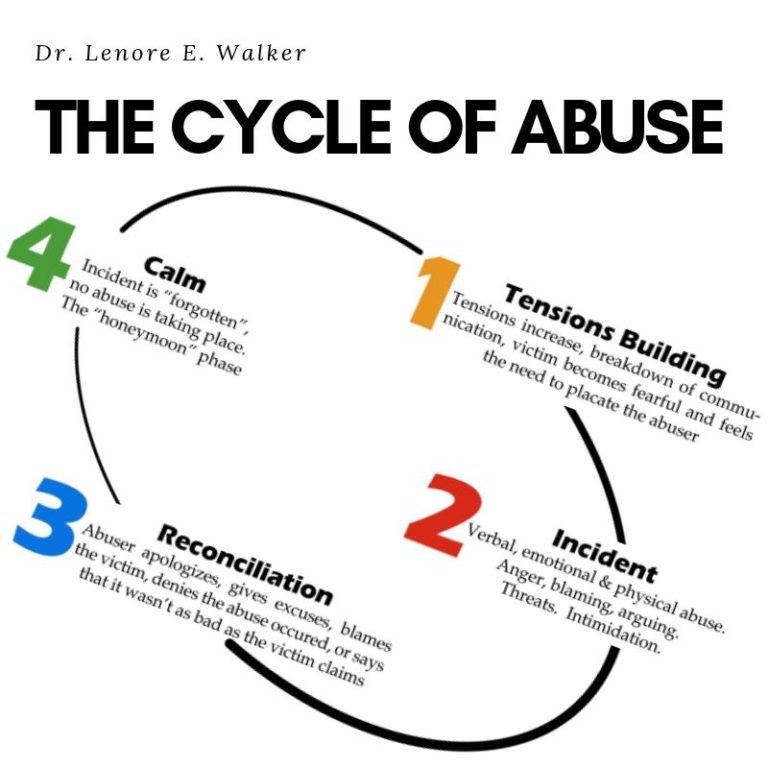 There are options when the frequency of violence is not increases, but its peak becomes especially sharp, outbursts of anger brighter, beating harder.
There are options when the frequency of violence is not increases, but its peak becomes especially sharp, outbursts of anger brighter, beating harder.
1. Increasing tension
The rapist begins to criticize and insult his victim, make excessive demands while justifying oneself the fact that he is exhausted physically and mentally at work (as well as mother-in-law, traffic jams, jealousy, etc.). He tries to blame the victim that she is to blame for his condition, because:
dinner was not prepared on time, the house is a mess and there is no comfort, while while he needs it.
supposedly he is so busy and overworked, and his domestic efforts do not appreciate.
partner flirts and provokes his negative experiences.
In general, he puts pressure on the feeling of guilt in front of him. Women usually try to be accommodating so as not to escalate the situation, as mistakenly believe that this is something to help control emotional abuse or at least help to limit it length.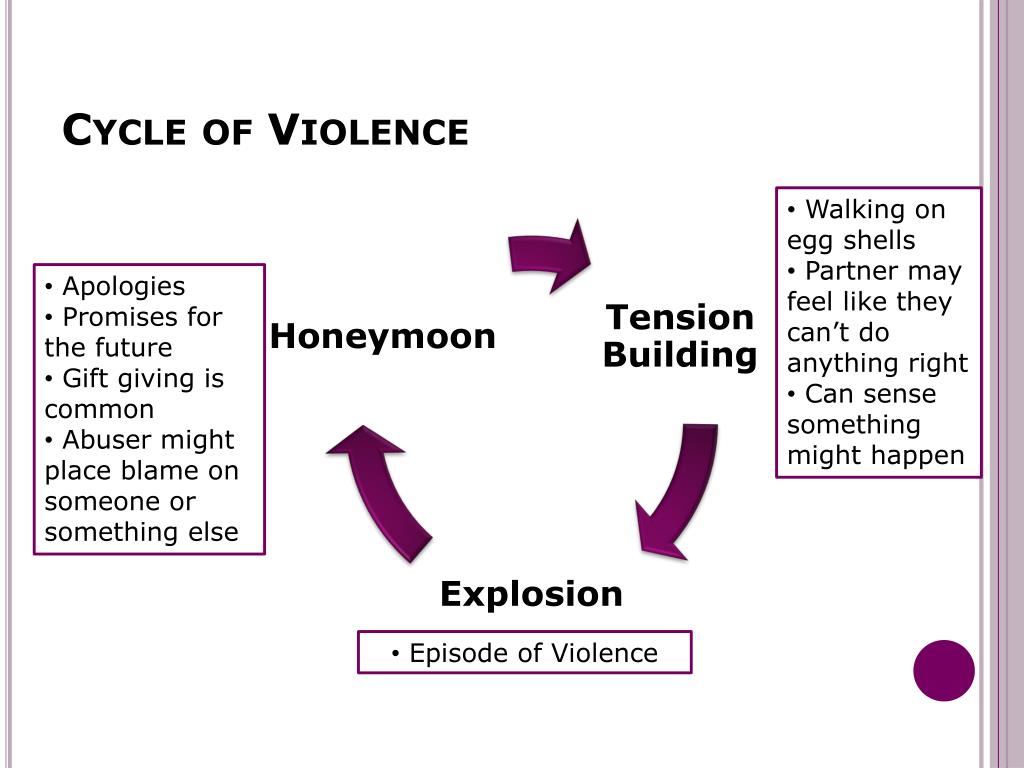 While the victim tries to justify and appease rapist - this will continue.
While the victim tries to justify and appease rapist - this will continue.
2. Violent Incident
An outbreak of violence and brutality occurs. Beyond the physical contact, there is rage, threats, intimidation and accusations. This phase is characterized by intense discharge. Accompanied emotional outbursts and physical actions: screaming, threats, insults, beatings, rape, restrictions on food and sleep, as well as or freedom of movement. This is the shortest phase last from 2 to 24 hours.
3. Reconciliation
After the previous phase, some sobering usually occurs with side of the aggressor and his denial of the seriousness of the incident, or minimizing what happened. The rapist feels a semblance of guilt and promises that this will not happen again. The aggressor is not sincere, he can apologize for his behavior, but only because he knows - the committed act is criminally punishable, and he is afraid that the victim will inform friends or relatives, as well as leave him, while how he needs her to defuse his aggression.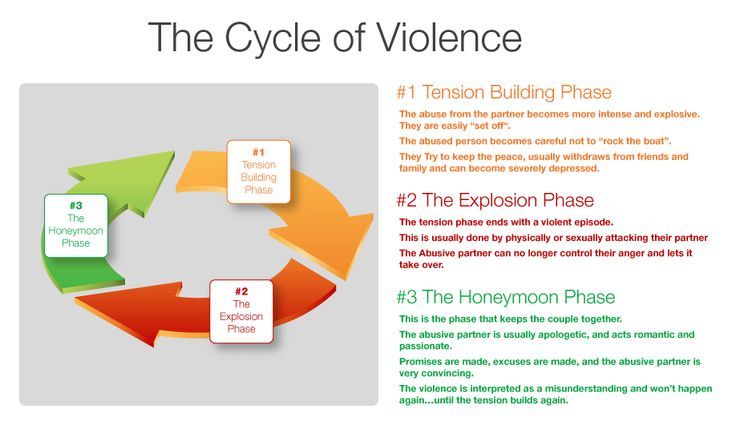 The rapist can even blame the victim for everything that happened, and the one to repay conflict, agrees and again blames himself.
The rapist can even blame the victim for everything that happened, and the one to repay conflict, agrees and again blames himself.
4. Honeymoon
Incident forgotten, offender forgiven. During this phase, the tormentor may change in an amazing way, imbuing his victim with love, demonstrating care and special tenderness. The perpetrator makes sure sincerely repents of his deed, promising that more violence will never happen again, although it can endure responsibility for what happened to the woman, they say, it was she who “brought his". Of course, such a “transformation” of a man gives a woman hope. that everything will be different, so it is difficult for her to leave him. She is sincerely believes that right now he is just the way he is on really. And before that, he was just not himself. She denies that the fact that in the manifestation of violence is the same person. This stage is the most dangerous for the victim, as she forgets about violence and begins to think that the cycle will not repeat itself, while this phase serves to keep the victim close to repeat the cycle violence.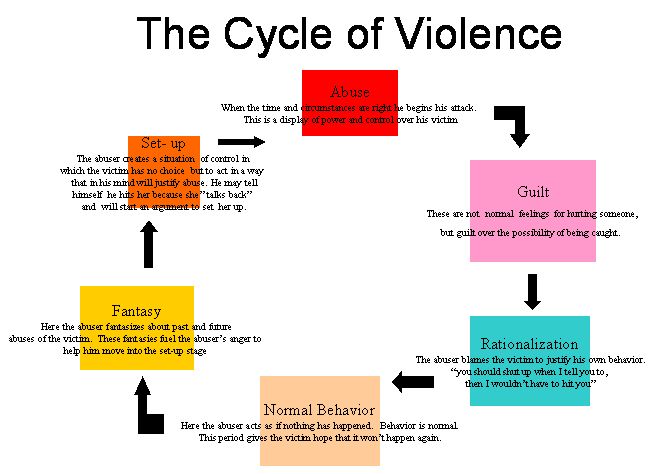
All this will continue until the victim gives
Violence for a rapist is the same as a drug. Victim it seems that if she is obedient and sweet, she will fulfill all demands, then the rapist will calm down, because all violence made with a good educational purpose. And here it is not. Rapist will always find something to complain about, he does not need a “good behavior" of the victim, he needs violence, because he gets such way too many benefits:
This is such a crooked way to assert oneself at someone else's expense. feel strength, power, might.
Enjoying the suffering of the victim.
A way to solve your unresolved problems by shifting focus responsibility from herself to the victim (it was she who pissed herself off, that's all because of her). The illusion of control over your life.
Satisfaction from sexual abuse.
Emotions that keep the victim close to the perpetrator
Fear, a sense of complete helplessness and disbelief in one's own strength.